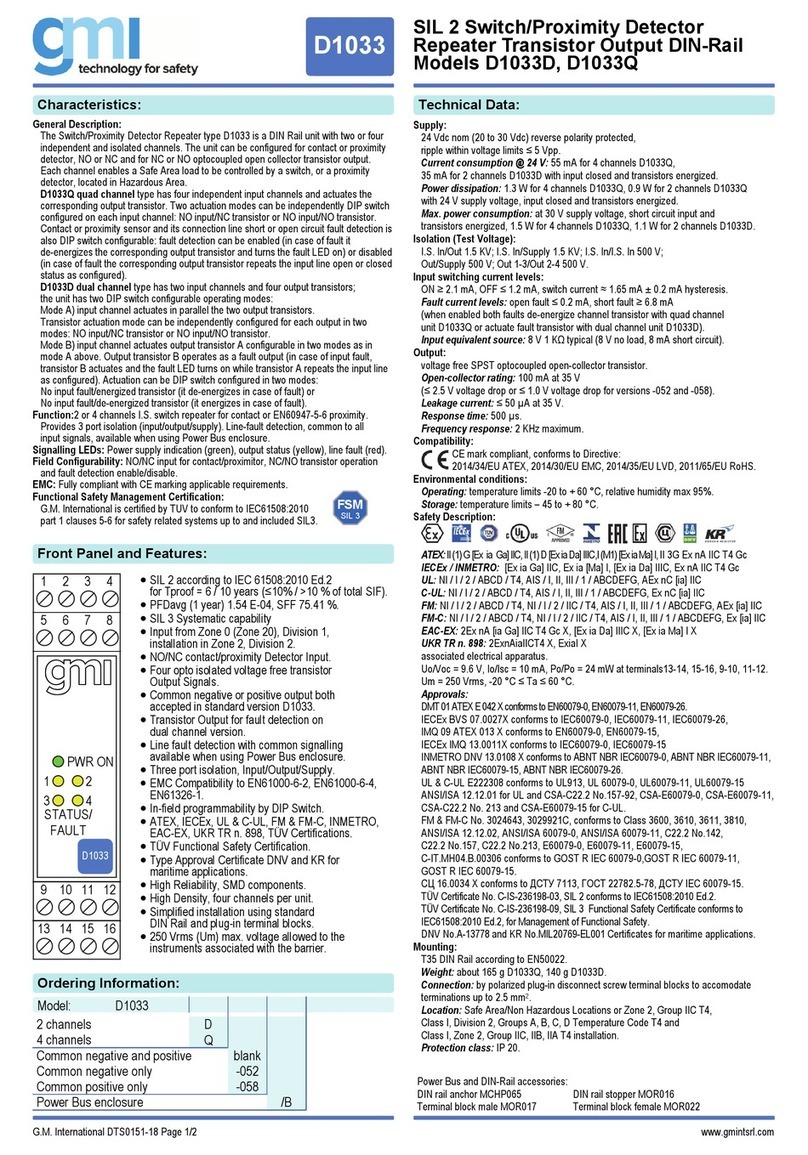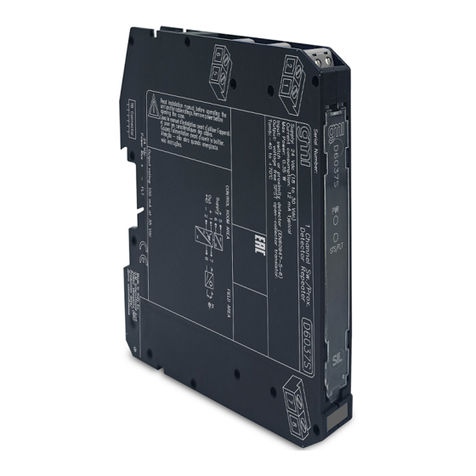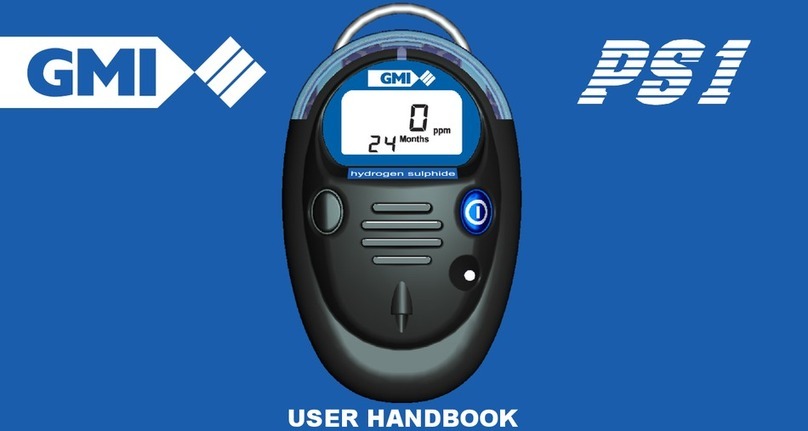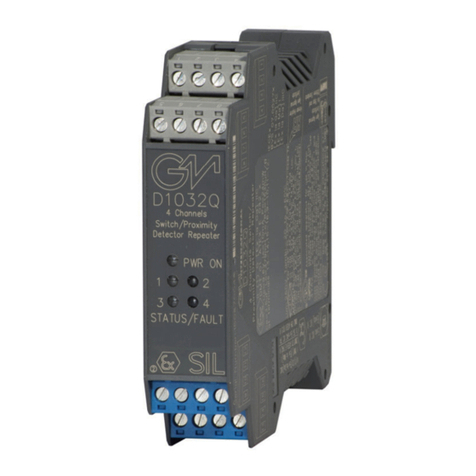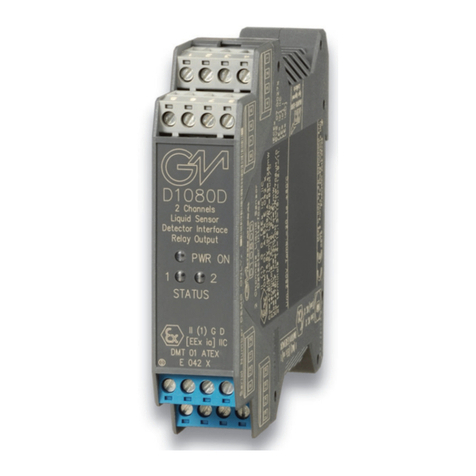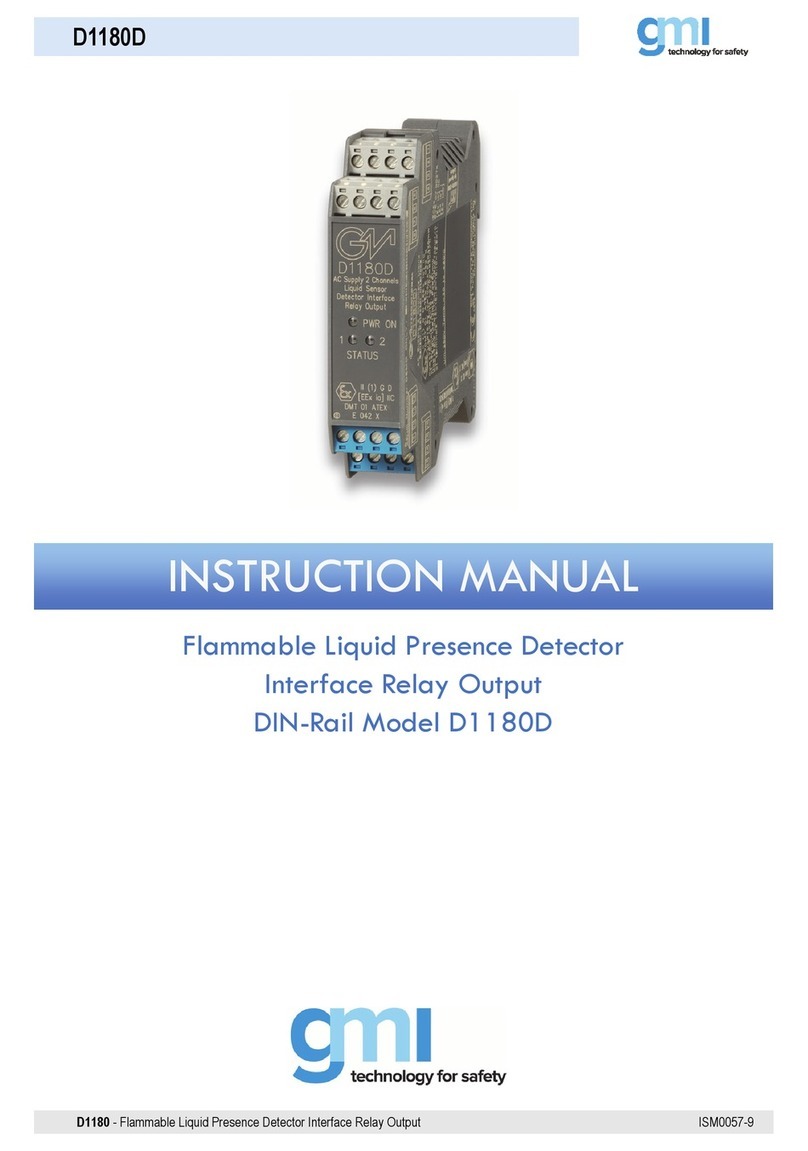
iii
COPYRIGHT
WARNING: To reduce the risk of explosion, do not mix old
batteries with used batteries or mix batteries from different
manufacturers.
WARNING: Never attempt to recharge non rechargeable cells.
CAUTION: Not for use in oxygen enriched atmospheres.
CAUTION: Replace instrument batteries only with approved
batteries, as follows:
ATEX APPROVED INSTRUMENTS:
Alkaline (LR20 ‘D’ size): Duracell Procell; Duracell
Industrial; Duracell Plus; Energizer Ultra; Energizer
Industrial.
Rechargeable (LR20 ‘D’ size): Uniross 2600mAh NiMH.
AREAS OF USE
Do not use instrument in potentially hazardous atmospheres
containing greater than 21% Oxygen. The enclosure material
is polypropylene and must not be exposed to environments
which are liable to result in mechanical or thermal degradation
or to damage caused by contact with aggressive substances.
Additional protection may be required in environments where the
instrument enclosure is liable to damage.
STORAGE, HANDLING AND TRANSIT
Rechargeable batteries contain considerable energy and care
should be taken in their handling and disposal. Batteries should be
removed if the instrument is stored for longer than 3 months. The
instrument is designed to handle harsh environments and is IP54
rated. If not subjected to misuse or malicious damage, the instrument
will provide many years of reliable service. The instrument contains
electrochemical sensors with a life of 2 years. Under conditions of
prolonged storage the sensors should be removed. The sensor
contains potentially corrosive liquid and care should be taken when
handling or disposing of the sensor, particularly when a leak is
suspected.
WARRANTY
The SHIPSURVEYOR instrument has a warranty against faulty goods
or workmanship of 2 years. Consumable and Mechanical parts are
not included in this. These are covered under GMI standard warranty
conditions. For details, please contact GMI Ltd (UK).








